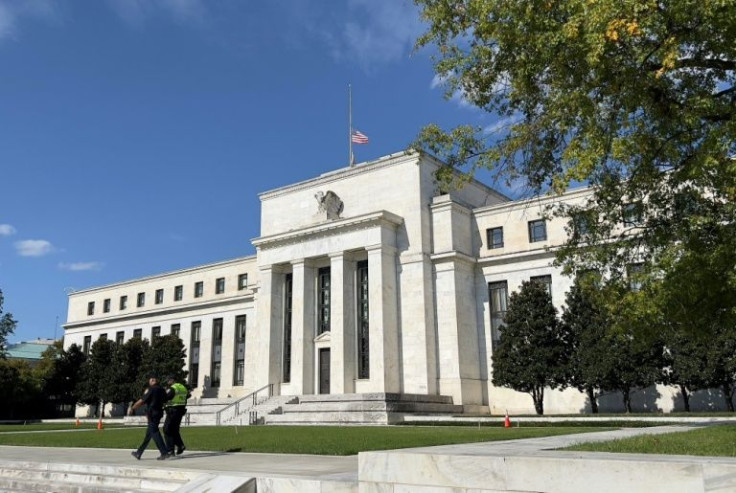The Fed Is Changing The Game For Wall Street

The era of easy money will soon be over, according to the December Federal Open Market Committee minutes released on Wednesday. That's a new game for Wall Street, accustomed to easy money, sending traders and investors chasing risky assets.
The Fed's change in policy comes when the U.S. economy is under pressure from the resurgence of COVID-19 infections, raising fears that it will lead to prolonged stagnation. That's not a good development for equities. Thus, the Wall Street sell-off following the release of FOMC minutes.
How the easy money will end
The Fed's easy money will end in two stages. In the first stage, the Fed will taper its purchases of Treasury bonds and mortgage-backed securities, meaning that it will stop adding liquidity to the U.S. economy. In the second stage, the Fed will raise short-term interest rates (the federal funds rate and the discount rate), meaning that it will begin taking liquidity out of the economy.
Here's a quote from the FOMC minutes:
"Regarding the outlook for U.S. monetary policy, expectations for a reduction in policy accommodation shifted forward notably. Respondents to the Open Market Desk's surveys of primary dealers and market participants broadly projected that the Committee would quicken the pace of reduction in the Federal Reserve's net purchases of Treasury securities and agency mortgage-backed securities (MBS), and the median respondent projected net asset purchases to end in March 2022. The median respondent's projected timing for the first increase in the target range for the federal funds rate also moved earlier from the first quarter of 2023 to June 2022."
Part of this information is old and well anticipated by Wall Street. But there are a couple of new features. First, the timetable for ending tapering has moved forward from June 2022 to March 2022. Second, the timeframe for lifting short-term interest rates has moved from the first quarter of 2023 to June 2022.
Between a rock and a hard place
The Fed's decision to end easy money reflects a change in the mindset of the FOMC members and its chair, Jerome Powell, regarding inflation. For more than a year, they thought that the precipitous rise in the price of goods and services was temporary, the result of supply chain bottlenecks and labor market frictions. And that it will disappear once these bottlenecks ease.
They were wrong.
While the supply-chain bottlenecks eased in some areas of the economy, labor market frictions linger large, turning inflation from a temporary to a permanent problem. No matter how it is measured, inflation runs three to four times the official Federal Reserve target. Thus, the need to act swiftly to prevent inflation from spinning out of control.
The Fed also has to reckon with the resurgence of COVID-19 infections, which are expected to slow down economic activity further, especially in the first quarter of 2022.
Simply put, the Fed is caught between a rock and a hard place. That's not a good spot to be for a central banker. The last time the Fed was in such a position was at the end of the 1970s. Next, we all remember what happened in the early 1980s to the U.S. economy and Wall Street.
© Copyright IBTimes 2025. All rights reserved.






















